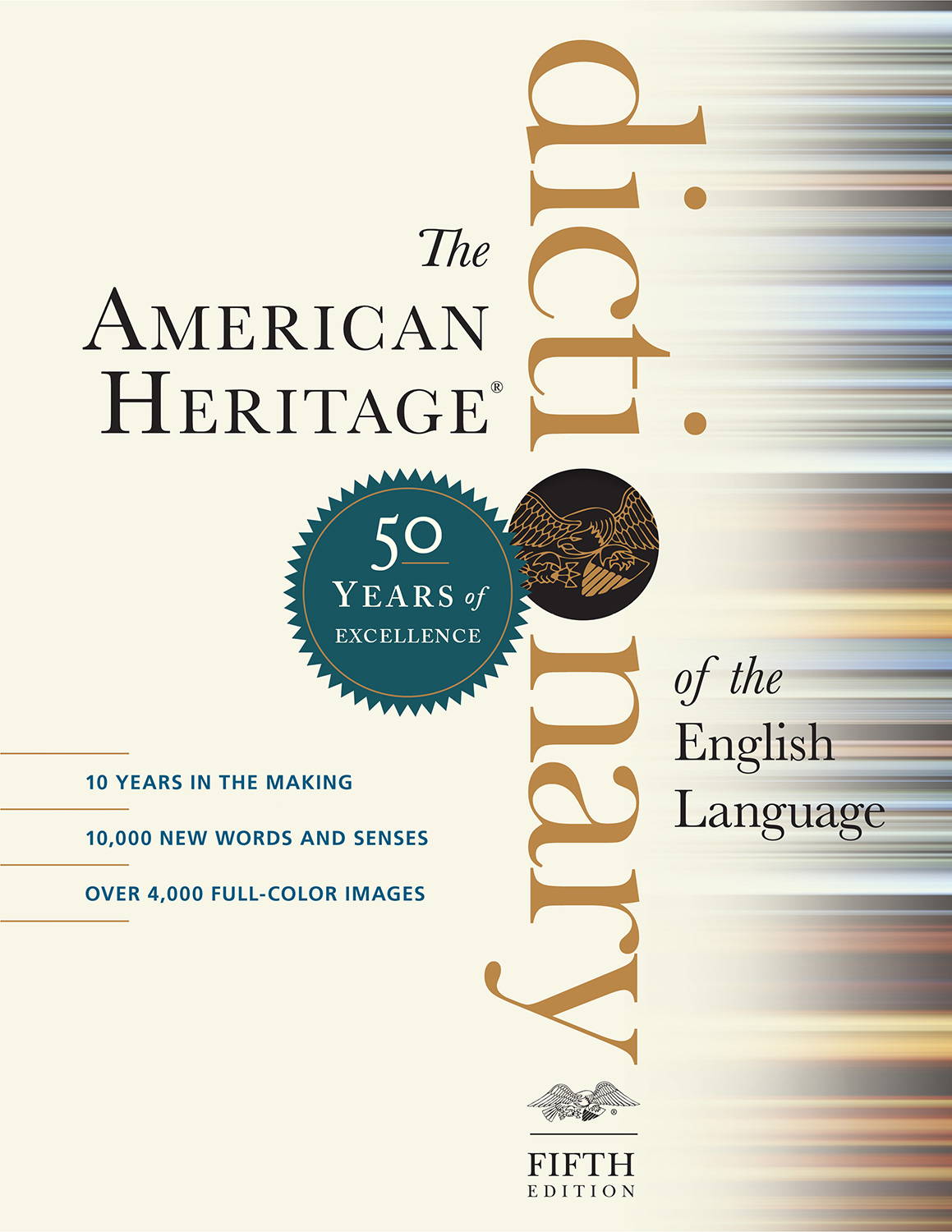n. Nautical 1. The front section of a ship or boat. 2. Either of the sides of this front section: the starboard bow. 3. The oar or the person wielding the oar closest to the bow in a racing shell. [Middle English boue, probably of Low German origin; see bheug- in the Appendix of Indo-European roots.] |
The American Heritage® Dictionary of the English Language, Fifth Edition copyright ©2022 by HarperCollins Publishers. All rights reserved.
v. bowed, bow·ing, bows v.intr. 1. To bend or curve downward; stoop. 2. To incline the body or head or bend the knee in greeting, consent, courtesy, acknowledgment, submission, or veneration. 3. To yield in defeat or out of courtesy; submit. See Synonyms at yield. v.tr. 1. To bend (the head, knee, or body) to express greeting, consent, courtesy, acknowledgment, submission, or veneration. 2. To convey (greeting, for example) by bending the body. 3. To escort deferentially: bowed us into the restaurant. 4. To cause to acquiesce; submit. 5. To overburden: Grief bowed them down. n. Phrasal Verb: An inclination of the head or body, as in greeting, consent, courtesy, acknowledgment, submission, or veneration. bow out Idiom: To remove oneself; withdraw. bow and scrape To behave obsequiously. |
The American Heritage® Dictionary of the English Language, Fifth Edition copyright ©2022 by HarperCollins Publishers. All rights reserved.
The American Heritage® Dictionary of the English Language, Fifth Edition copyright ©2022 by HarperCollins Publishers. All rights reserved.
American actress whose roles in silent films, such as Mantrap (1926) and It (1927), made her a symbol of the Roaring Twenties. |
The American Heritage® Dictionary of the English Language, Fifth Edition copyright ©2022 by HarperCollins Publishers. All rights reserved.







